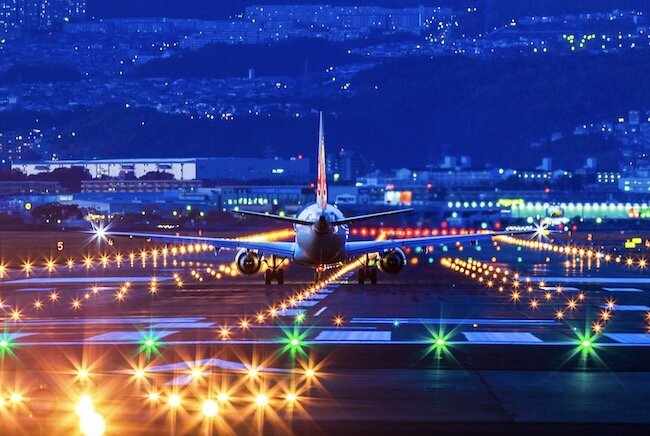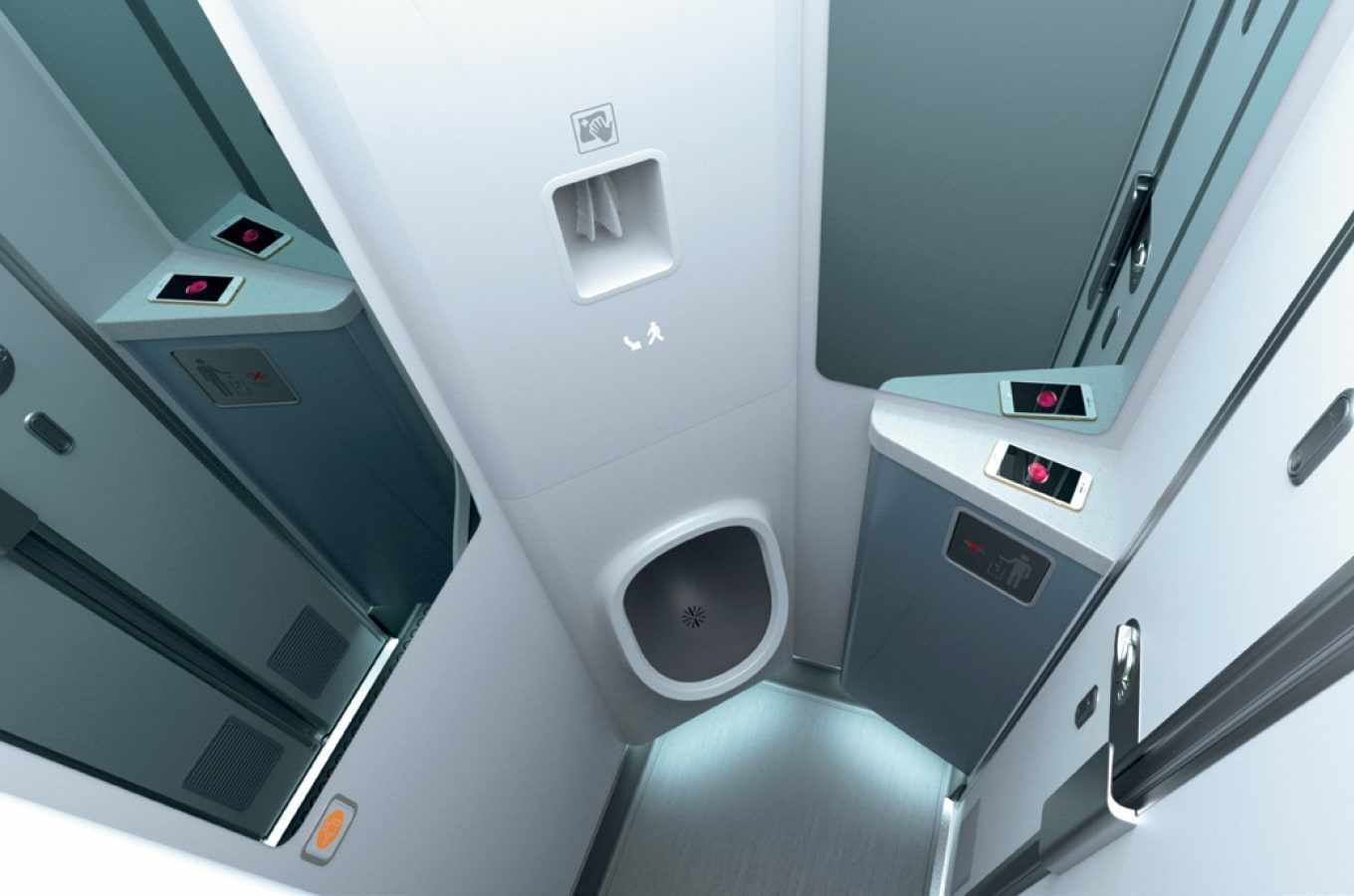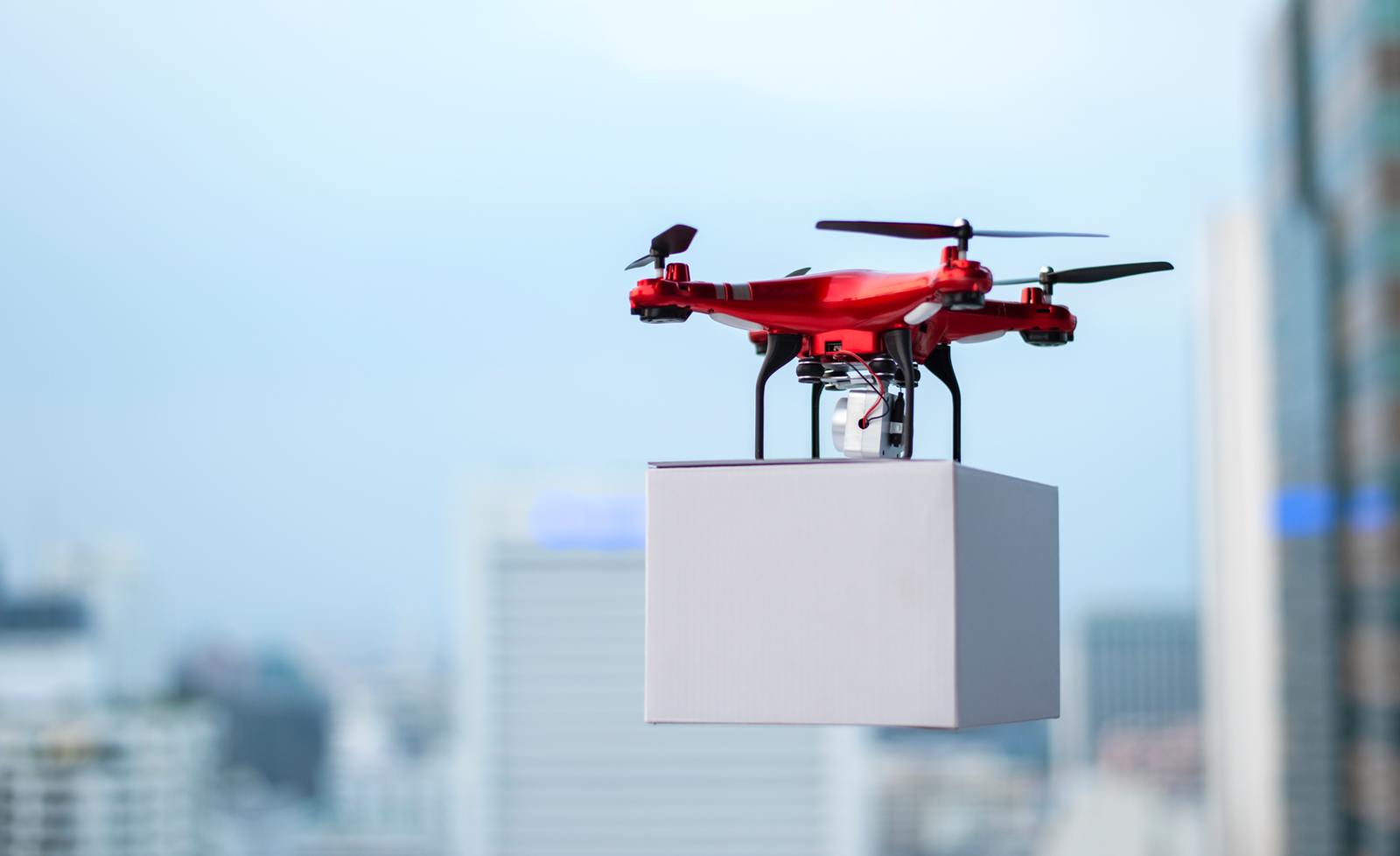
Global military lighting market is projected to witness a CAGR of 5.85% during the forecast period 2025–2032, growing from USD 0.57 billion in 2024 to USD 0.90 billion in 2032. The global military lighting market is experiencing robust expansion due to the increased modernization of defense programs and the necessity of providing reliable performance lighting across land, air, and naval platforms. The rapid adoption of advanced LED technologies is fundamentally changing the military lighting market through improvements in energy savings, increased life span, and improved durability when exposed to conditions that exist in extreme combat environments. Areas of growth are expected across air platform cockpit lighting and strobe/hazard/landing lights, naval vessel illumination or lighting systems, and portable LED lighting for ground troops across tactical operations to support mission effectiveness, especially with stealth capability or night vision compatible lighting solutions. Rising geopolitical tensions combined with upward trends in the adoption of smart lighting or integrated information technology systems with IoT capabilities, will further enhance situational awareness on the battlefield, will further fuel the growth of military lighting systems. As military operations become further technologically advanced and sophisticated to achieve mission success, the military lighting market is expected to positively benefit those initiatives to enable the performance soldiers, and light and effective force employment and growth should continue in the core areas despite trends of focus on energy savings and adaptive lighting principles which are creating new opportunities in military lighting market.
For instance, in July 2025, Canadian Department of National Defence contracted to integrate Counter Uncrewed Aircraft Systems onto light tactical vehicles which highlighted the growing demand for ruggedized, NVG-compatible vehicle-mounted military lighting essential for critical CUAS operations and situational awareness.
Click Here: https://www.marketsandata.com/industry-reports/military-lighting-market
Increasing Integration of Military Lighting Drives Market Growth
The military lighting market is growing rapidly due to modern integrated lighting systems being incorporated into new (and existing) defense platforms. This movement is being driven by the need for increased capabilities through using multifunction lights and enhanced lighting to support military operations across all combat domains. In aerospace, (aviation) integrated lighting systems now integrate cockpit displays and illumination from exterior lighting, providing a means of contextual illumination to support situational awareness for pilots during challenging missions. Navy platforms utilize innovative lighting/integrated lighting network capabilities that are interfaced with a ship’s control systems, providing dynamic illumination that enhances operations while maintaining stealth. Ground platforms such as soldier protective equipment (SPE) mannequins and armored vehicles are incorporated flexible night-fighting capabilities with low visibility and low ability for adversary detection. Additionally, market growth is driven by defense agencies recognizing networked lighting as part of a larger digital transformation initiative.
For instance, in December 2024, ZeroAlpha Solutions Ltd. partnered Defense Advancement, renowned for their tactical power and lighting technologies for sustainable military operations.
Strategic Industry Collaborations Fuel Market Expansion
The growth of the military lighting market is rapidly increasing due to partnerships between defense contractors, technology companies and research organizations. Major defense manufacturers are collaborating with LED developers and IoT solution providers to develop next-generation lighting systems that cater to changing battlefield requirements. The ongoing collaborations provide opportunities for innovation in adaptive camouflage lighting and brightness adjustment via AI and hyperspectral illumination technologies that border on essential for modern conflict. Large aerospace companies are partnering with semiconductor companies to embed advanced lighting into the avionic systems of current and next-gen aircraft and literally naval solution suppliers are partnering with maritime technicians to develop smart lighting ecosystems for the next generation warship. The same involvement exists in soldier systems where tactical gear companies are partnering with wearable technology developers to create integrated personal lighting solutions.
For instance, in April 2025, STG Aerospace Limited a global leader in aircraft lighting solutions, launched a new type of ‘eco everything’ plane lighting in a bid to help the airline industry reach its net zero target.
Vehicle-Mounted Systems Drive Military Lighting Market Growth
Mounted vehicle lighting systems are a major factor driving growth in the military lighting market. The systems are becoming popular for a variety of applications that include armored vehicles, tactical transport, and reconnaissance platforms. They offer extremely rugged and energy efficient lighting for a multitude of operational environment. Technological advancements in LEDs, modular mounting solutions, and night vision goggle (NVG) compatible lighting have made them critical in a variety of military night operations including convoy moves, and perimeter security. They represent versatility across a variety of landscapes, and in low light situations to support mission critical tasks, while features like remote controlled spotlights and smart power management systems are also enhancing operational efficiencies. As defense forces aim for rapid response with improved situational awareness, the mounted vehicle lighting provides a means of creating high demand for sustainable, low-signature, and integrated vehicle-lighting solutions for land-based platforms.
For instance, in February 2025, Defense Research and Development Organization (DRDO) and ADANI GROUP (Adani Defense & Aerospace) jointly unveiled the country’s first vehicle mounted counter-drone system at the airshow. Such system also requires military lights.
North America Dominates the Military Lighting Market with Technological Edge and Defense Spending
North America continues to lead the military lighting market due to its advanced technology and substantive defense expenditures. The continued modernization of military platforms across air, land and sea all further contributes to the region’s dominance, especially with reliance on specialized illumination solutions. Innovations in adaptive lighting systems, night vision compatible situations, and energy-efficient designs are most active in North America. Within this sector, there is also strong cooperation between defense organizations and technology providers which further accelerates military lighting transformative applications for smart lighting needs of modern warfare. This distinctive technology advantage, in combination with a strict operational requirement process and the early-stage adoption of emerging lighting solutions, will ensure the continued regional dominance of North America in the military lighting market. The conceptual goals continue to involve the development of increasingly integrated illumination systems to facilitate situational awareness and operational capabilities across all combat space environments while continuing to meet military specification for durability and performance.
For Instance, in June 2025, Oxley Group received a substantial order for the supply of the company’s LED landing and taxi lights on Sweden’s highly regarded Saab Gripen combat aircraft. These fixtures will replace the conventional halogen lights which require frequent and costly replacement due to the damage sustained by shock and vibration, and performance degradation in extreme operating temperatures.
Impact of U.S. Tariffs on Global Military Lighting Market
Tariffs on LEDs, optical fibres, and electronic controllers, many from Chinese supply chains, have driven up costs for military lighting systems.
Global sourcing models have been disrupted which delayed the production and retrofitting of lighting systems.
Manufacturers initiated reshoring and diversification of suppliers to shift the production reliance on tariff-inspected areas.
Smaller defence contractors could not absorb the tariff-driven cost increases, resulting in price renegotiations and delays in production.
Report Scope
“Global Military Lighting Market Assessment, Opportunities and Forecast, 2018–2032F”, is a comprehensive report by Markets and Data, providing in-depth analysis and qualitative and quantitative assessment of the current state of global military lighting market, industry dynamics, and challenges. The report includes market size, segmental shares, growth trends, opportunities, and forecasts between 2025 and 2032. Additionally, the report profiles the leading players in the industry, mentioning their respective market share, business models, competitive intelligence, etc.
About Us:
Markets and Data provides a comprehensive/ panoramic understanding of markets at global, regional, and country levels. Examine changing consumer preferences, emerging challenges, underlying trends, and growth prospects to accelerate your business strategies.
Contact
Mr. Vivek Gupta
5741 Cleveland street,
Suite 120, VA beach, VA, USA 23462
Tel: +1 (757) 343–3258
Email: info@marketsandata.com
Website: https://www.marketsandata.com




















Write a comment ...